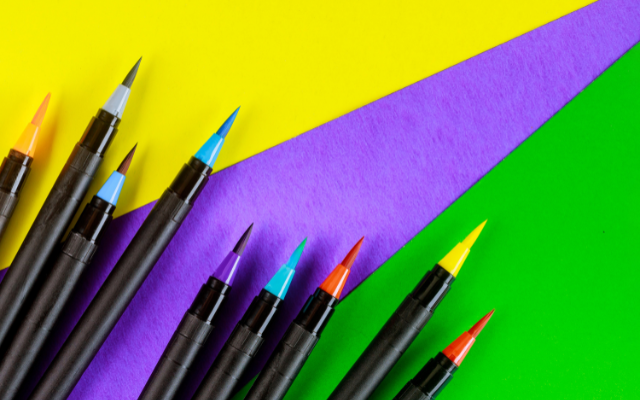
6 Oil Painting Tips Before You Start Working With Oils
For those who organise events, knowing how to identify trends is necessary. But beyond that, it is important to align what is in fashion with cost, practicality and the complete look, ensuring a result that pleases everyone. Painting canvases with oil paint may seem like something distant, which belongs to classical art, something typical of past centuries and artists like Monet and Van Gogh. This is, however, a way to escape the cliché at the time of giving a gift, whether a souvenir at an event or someone close, or even set up a decoration that gains a touch even more authorial.

Oil paint has a gracefulness that few techniques have. It’s as if time stands still while the hand wanders across the canvas.
If you want to know some tips on how to paint canvases with oil paint, keep reading!
Choose your materials wisely
Knowing how to buy the right materials, of better quality, will reflect on the final product. To begin with, you can opt for a basic kit, with the essential colours, such as red, blue, burnt sienna and white.
Other important materials are solvent and oil, linseed oil being the most used. Also, invest in an artistic varnish, a spatula to mix the paints, charcoal or pencil to draw the sketch on the canvas, jars for oil and solvent and different sized brushes to be able to cover several areas and make details.
Do a painting negative
It’s best to take your chances in a sketchbook rather than on the canvas itself. Make the drawing as if it were a thumbnail to begin to locate in your mind the different tones and strokes. Then move on to sketching on the canvas.
Preparing paint
Make little piles of each colour (the size of a small coin) around the palette, starting with white. As it is the most used colour, you can double the amount. The centre of the palette is reserved for blending. Always remember to clean the brushes between one mixture and another.
Oil paint absorbs oxygen when exposed, which makes it dry if you are not careful. For this reason, measure how much paint you will use each time and cover the palette with plastic to store it, adding a drop of oil to the paints to help keep them moist.
When you use the palette again, don’t forget to always arrange the paints in the same order.
Learn the techniques for painting canvases with oil paint
It’s all very well to want to make painting more intuitive, playing with your creativity and testing it little by little. However, there are a number of techniques that can help you compose the canvas.
There are techniques for adding texture, such as impasto, which consists of applying generous amounts of paint, or the indirect technique, where several layers are applied over several sessions. It is worth researching if your artistic vein is interested in the theme.
Start with the dark and the background
If you don’t want to venture into the techniques, a basic tip is to start with the background and the dark tones that you have defined in the negative. The darkest regions are easier to identify and then serve as a reference for the other tones. Starting with the background, in turn, increases the notion of volume and depth.
Be patient in the drying process
You can start one day, get back into a routine and only the next day finish your canvas. This long drying time has a positive point in allowing for changes before you decide definitively if the canvas is ready. On the other hand, you need to be careful about dust or direct sunlight when storing it.
When you are done, leave your canvas to dry in a safe place and only apply the varnish after at least one month so that the paints do not yellow or lose their transparency.
Painting canvases with oil paint is an exercise in observation, calm and creativity. Use and abuse this technique as a differential in your home or in an event.
Did you know this technique? Have you tried painting canvases with oil paint? Share your experience in the comments!


